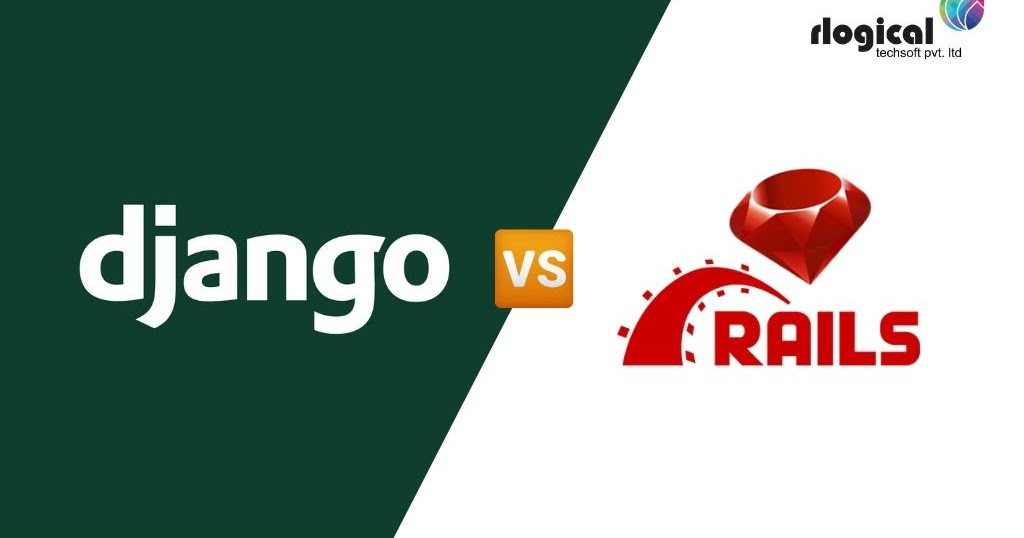You will come across lots of web development frameworks in the world of programming at present. However, it is known to all of us that Ruby on Rails and Django happens to be the best of all. These are coming up as the most well known web frameworks and one can expect their popularity to rise this year.
However, there is a well-known debate regarding which web framework has a more promising future, Ruby on Rails or Django. In this article, we have mentioned the essential differences between these two. But, before anything else, we will look at the pros and cons of these 2 frameworks mentioned here.
What do you mean by Django?
Introduced in the year 2005, Django happens to be a web framework that is based on Python. The reasons for its popularity are the fact that it is an open-source, general-purpose, and free framework that is accessible quite easily. There are many developers who appreciate the features provided by Django. The primary intention of its introduction on the market was to streamline the procedure of developing complicated websites. In fact, it comes with a tidy as well as the pragmatic interface while encouraging development as well.
The pros
• Extremely customizable
• Scalable
• Adopts a battery-included approach
• Effectual admin panel
• Supports MVC programming
• Can work extremely well with operating systems and databases
The cons
• Does not have the capacity to take care of multiple requests at the same time
• Extremely monolithic
• Based on Django ORM
**What do you mean by Ruby on Rails?
**
Acronymed as RoR, Ruby on Rails happens to be an open-source, server-side web application framework. It offers astounding default structures for Web services, databases, and pages. One can consider it to be a timesaving process of writing code for the developers.
The pros
• High-speed development
• Simple to migrate and modify
• Superior environment for testing
• Active Ruby on Rails community
• Diverse presets and tools
The cons
• Difficult to create API
• Does not have much flexibility
• Reduced runtime speed
Now that we have looked at the essential advantages and disadvantages of both these web development frameworks, we will mention the differences that exist between these two.
Language
While Python is used by Django, RoR has been developed by making use of Ruby. Python happens to be one of the most well-known programming languages out there and is reputed for emphasizing readability and clarity of the code. On the other hand, Ruby is well known for characteristics like freedom and flexibility.
Apart from this, Python is quite simple to learn as well as write. In fact, it helps to create different types of applications very easily.
On the contrary, Ruby had been designed with the objective of making writing the language enjoyable. Although the applications developed by using any of these 2 are going to function and appear almost identical, the primary difference will be found under the covers.
Architecture
Both of these frameworks have adopted MVC. Nevertheless, it is known as MVT when it comes to Django. In the case of Django, the database describing the data structure is represented by the Model. View happens to be the URL Dispatcher controlling what users ought to see. Lastly, a web templating system that merges with DLT is signified by Template. Django is responsible for handling the controller part on its own.
When it comes to Rails, the information on the database life pictures and comments are denoted by the Model. It is ActiveRecord which takes care of all these. In this case, the data is covered by the View in the HTML template, which is taken care of by ActiveView afterward. At this point, it is the ActionController, which connects View and Modern and takes care of requestobilrs as well.
Learn in details here:https://rlogicaltechsoft.blogspot.com/2020/08/django-or-ruby-on-rails-which-web.html
#django #python #rubyonrails #web-development #mobile-apps #programming
